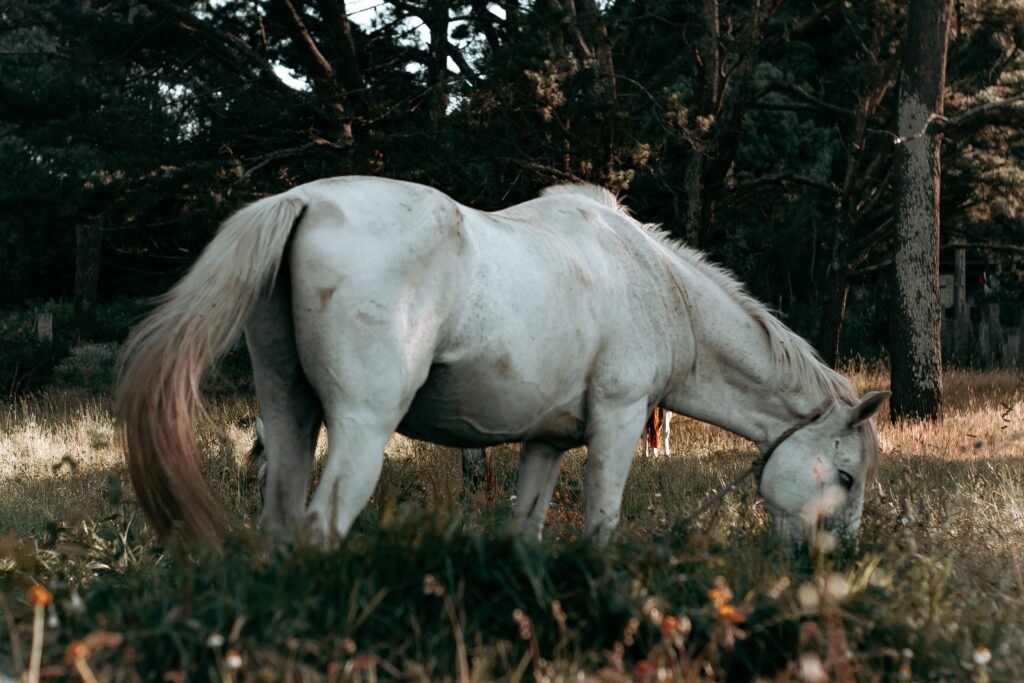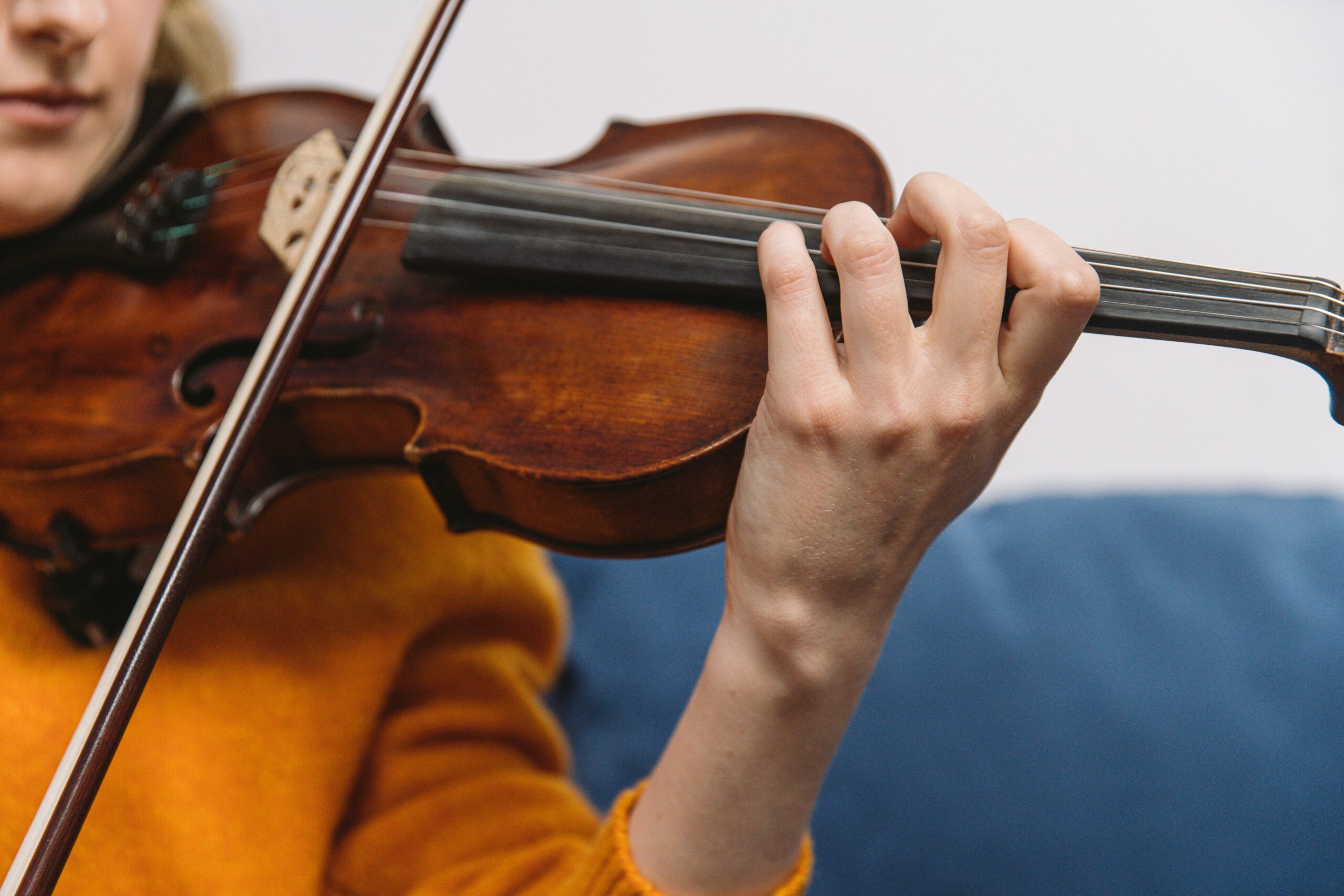Horse hair has been utilized historically for many things, including clothes and household items. Horse hair is most famously used in the centuries-old craft of making violin bows, which is one of the most well-known applications of this material. This article will examine the use of horse hair in violin bows throughout history, how it is obtained, and any potential negative effects on horses.
Horse hair was first used in bows in the early days of the violin, which was invented in Italy in the 16th century. The hair used to create tension in the bows at that time came from a number of animals, including sheep and cows, and the bows were built of diverse materials, including wood and metal. Horse hair, however, had replaced other materials as the preferred one by the 18th century because of its hardiness, strength, and capacity for producing a rich tone.
Horse hair is often found in the mane or tail of the animal, and only the highest-quality hairs are chosen for use in bows. The hairs are washed and dried to remove any dirt or debris after being separated by length and thickness. The hairs are then positioned, knotted together, and fastened to the bow with one end while the other is twisted into a loop. The tension required to make sound is created when the bow is tightened, stretching the hairs over the violin’s strings.
Although the history of the violin bow has always included the use of horse hair, there has been significant debate in recent years about this practice. Horse hair is often pulled from the animal’s mane or tail, which can be painful and distressing, according to animal rights groups who claim that doing so is cruel and inhumane. Several people have also expressed worry regarding the conditions of the horses’ care and the procedures used to harvest their hair.

Several bow producers have started substituting synthetic materials for horse hair in response to these worries. Horse hair’s strength and elasticity are some of the characteristics that these synthetic materials are meant to mimic without harming animals. While some purists contend that artificial materials do not produce sound with the same quality as genuine horse hair, others think the difference is insignificant.
Horse hair is still often used in violin bows today despite these issues, according to the music business. In fact, a robust industry has developed as a result of the demand for high-quality horse hair, with providers obtaining hair from horses all over the world. Even if there are unethical issues with the method, many musicians and music lovers still cherish the classic sound that natural horse hair produces.
In summary, the use of horse hair in violin bows is a tradition that has evolved over time and is still widely used in the music business today. While there are undoubtedly moral issues with how horse hair is obtained, many musicians and music lovers appreciate the classic sound that comes from using natural horse hair. It remains to be seen whether synthetic materials will someday take the place of real horse hair in the making of violin bows as technology develops.


